Enterprise Architect offers an embedded textual notation for generalization relationships by putting the name of the associated classifier into the top right corner of the specializing classifier in italics. The EA UML2 tutorial lists

as an equivalent alternative to the usual notation

(source: sparxsystems.com)
I was wondering if this visual presentation is specific to EA, or if the UML specification has anything to say about this. Neither the sections on Generalization nor Class/Classifiers in the UML infrastructure contain any pointers in this direction.